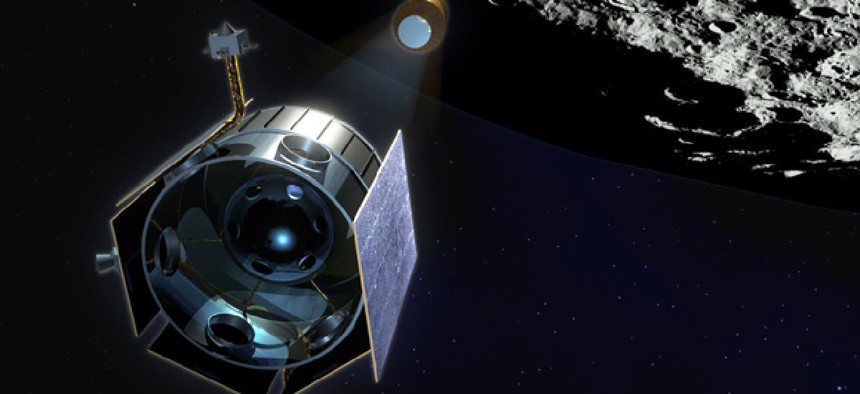Report: NASA, NOAA observation satellites could disappear

NASA illustration
The study suggests up to 75 percent of space-based Earth observation instruments, such as satellites. could be gone by 2020.
The United States is facing a “precipitous decline” in its ability to explore and monitor the Earth from space, according to a study released by the National Research Council on Wednesday.
“Despite recent and notable successes … the nation’s Earth observing capability from space is beginning to wane as older missions fail and are not replaced with sufficient cadence to prevent an overall net decline,” the report concluded.
Researchers estimated that by 2020, NASA and the National Oceanic and Atmospheric Administration could lose up to 75 percent of their space-based Earth observation instruments, such as satellites.
The report points to budget shortfalls, rising costs, launch failures, and confusion about mission objectives, all of which have hampered not only the Earth observation program but other space efforts.
In his latest budget, President Obama proposed maintaining spending for Earth observation satellites at almost $1.8 billion for next year, but analysts note that as costs rise, a flat budget amounts to a budget cut.
Researchers said that despite facing budgets that have not kept pace with plans, NASA has made strides in expanding its Earth observation programs as recommended by a previous National Research Council report published five years ago.
However, combined with the lack of cheap, reliable launch systems, budget constraints could cause potentially major declines in the agencies’ ability to study and monitor things like climate change, the oceans, and other Earth sciences, the report said.
The report, which was sponsored by NASA, recommends that the space agency find ways to develop missions on smaller budgets and to establish an earth system science and engineering team to advise the agency on new missions.
NEXT STORY: In a Better Place With Telework





